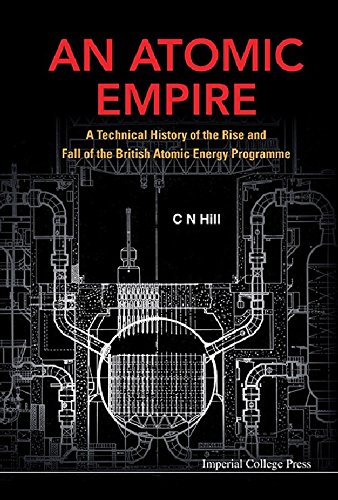

Most ebook files are in PDF format, so you can easily read them using various software such as Foxit Reader or directly on the Google Chrome browser.
Some ebook files are released by publishers in other formats such as .awz, .mobi, .epub, .fb2, etc. You may need to install specific software to read these formats on mobile/PC, such as Calibre.
Please read the tutorial at this link: https://ebookbell.com/faq
We offer FREE conversion to the popular formats you request; however, this may take some time. Therefore, right after payment, please email us, and we will try to provide the service as quickly as possible.
For some exceptional file formats or broken links (if any), please refrain from opening any disputes. Instead, email us first, and we will try to assist within a maximum of 6 hours.
EbookBell Team

5.0
80 reviewsThe civil atomic energy programme grew out of the military programme which produced plutonium for atomic weapons. In 1956, Calder Hall power station was opened by the Queen. The very next year, one of the early Windscale reactors caught fire and the world's first major nuclear accident occurred.
The civil programme ran into further difficulty in the mid-1960s and as a consequence of procrastination in the decision-making process, the programme lost momentum and effectively died. No nuclear power stations have been built since Sizewell B in the late 1980s.
This book presents a study of Government papers that have recently become available in the public domain. For the first time in history, the research reactor programme is presented in detail, along with a study of the decision-making by the Government, the Atomic Energy Authority (AEA), and the Central Electricity Board (CEGB). This book is aimed at both specialists in nuclear power and the interested public as a technical history on the development and ultimate failure of the British atomic energy programme.
Readership: Readers with an interest in the history of atomic energy in the UK.